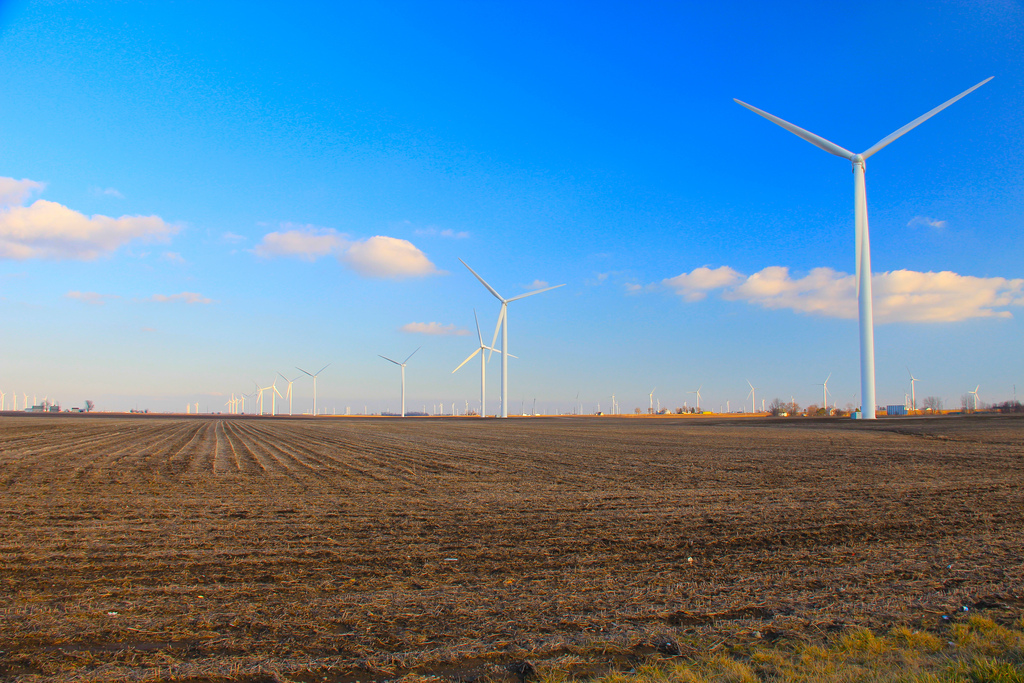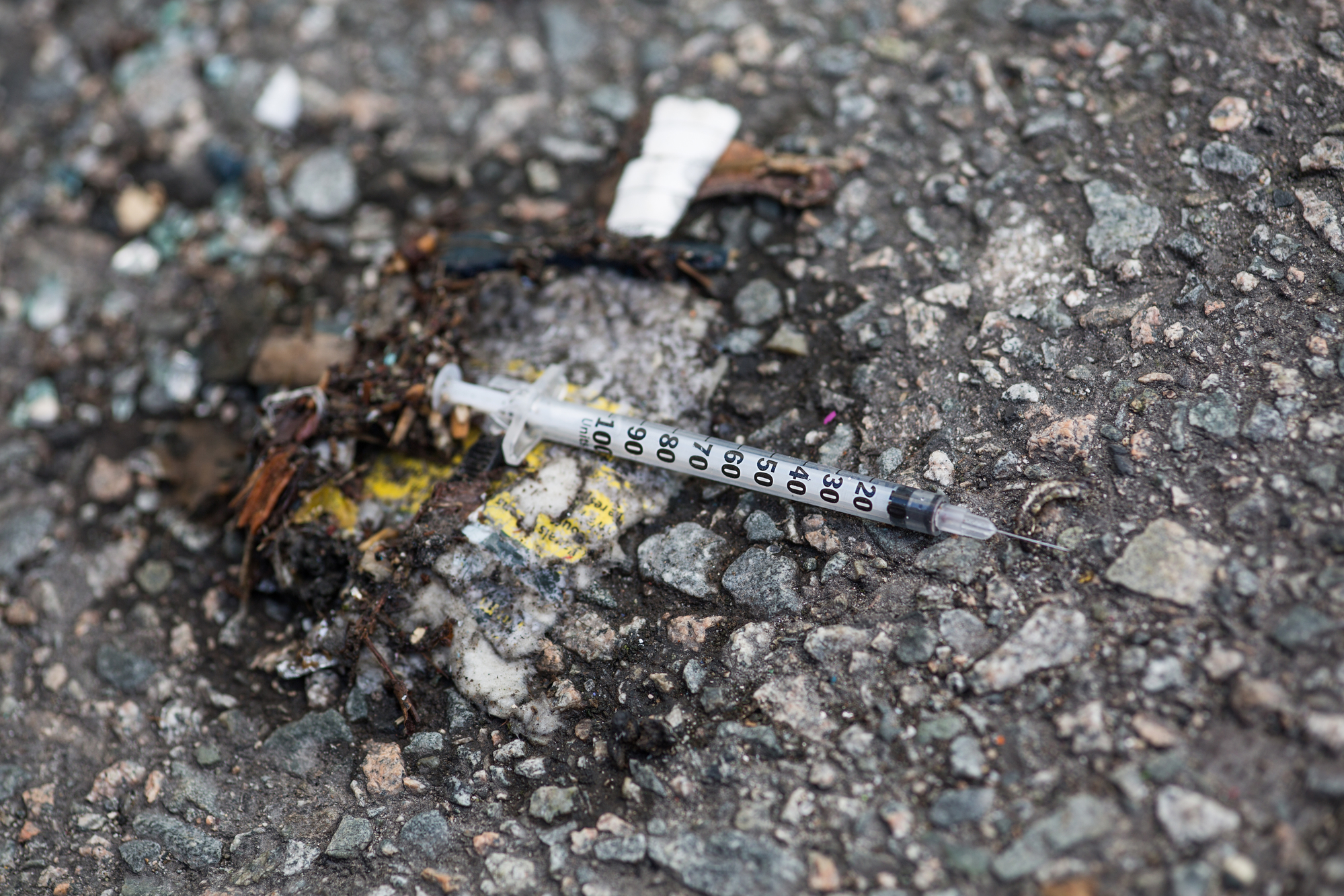Clean Energy Infrastructure, Environmental Justice, and the Ethics of NIMBY
This article has a set of discussion questions tailored for classroom use. Click here to download them. To see a full list of articles with discussion questions and other resources, visit our “Educational Resources” page.
From DAPL to cancer-alley, sympathy to the opposition to industrial infrastructure and its harms are a cornerstone of the modern environmental movement. An important component of the movement has been the unified resistance of marginalized groups against powerful interest groups seeking to exploit the environment around them. Organized resistance to environmentally destructive projects are often no longer opposed under the guise of the environment’s inherent value alone, but also the rights of people to a healthy and safe environment. Prioritizing the interests of local citizens and the grassroots over special interests is not only fundamental to environmental justice but also to NIMBY-ism. NIMBY-ism, or “Not in my backyard”-ism, is an argument used commonly in disputes between citizen and government, or citizen and corporation, over the use of space on and around a person’s property. NIMBY-ism usually connotes negatively, as those who oppose the development often do so on the basis that it affects them personally, and not that the development is wrong in itself.
One striking example of NIMBYism used to oppose environmentally friendly infrastructure is that of wind farms in Indiana. Recently, Renewable Energy Systems pulled their development plan for large wind farms spanning across Cass and Miami counties due to technical difficulties. Many in the local community were pleased by this decision, with some even describing it as “fabulous news.” The project was estimated to generate 600 megawatts of electricity by establishing 150-225 turbines between the two counties. The project generated a great deal of controversy, with the local paper, the Pharos-Tribune claiming, “The debate and disagreements over placing wind turbines in Cass County had turned family members against one another and neighbor against neighbor.” And such opposition and controversy is not unique to Cass and Miami county. “Indiana Wind Watch” is an organization recently formed to “protect every Hoosier from the unfortunate fate of living near irresponsibly-sited industrial wind turbines.” The organization was founded in 2018, claims to be grassroots, and aims to provide resources to communities and individuals opposing wind farm developments. The reason Indiana Wind Watch opposes wind energy projects is because Indiana is “too populated.” Regardless of whether or not any of the information on Indiana Wind Watch is correct, the movement organized in Cass and Miami county demonstrates NIMBY-ism perfectly.
One could argue that if the opposition is based on false information, it should not be taken as true opposition. However, do members of Cass and Miami county truly need a reason to oppose development on and around their county by an international corporation? This case parallels other environmental justice projects in that it centers around energy development and infrastructure. However, unlike cases such as Keystone XL and the Dakota Access Pipeline, this case involves building infrastructure that is positive for the environment. So would it be fair to call the opposition to wind farms in Cass and Miami county an environmental justice movement? According to the EPA, environmental justice “is the fair treatment and meaningful involvement of all people regardless of race, color, national origin, or income with respect to the development, implementation and enforcement of environmental laws, regulations and policies.” According to this definition, opposition to clean energy infrastructure could still constitute as environmental justice, which may seem somewhat counterintuitive. Though wind farms do have negative environmental impacts, such as killing birds and bats and low level noise, their impact is by and large less harmful than that of pipelines and energy plants.
However, it seems that though the citizens who opposed this project organized an environmental justice movement, the well-being of the environment did not seem to be a central motivator within the opposition. Much of the opposition to the turbines centered around concern about property rights and safety. Opposers argued that Harvest Wind Energy LLC’s plans for the placement of the turbines endangered those living near them and could potentially infringe on their property rights. Another potential concern about the project is that it was organized by a multi-national corporation, which might not have the best interests of small rural Indiana communities in mind. The Indiana Wind Watch emphasizes this concern in their opposition to wind development, and even described the situation in Cass County as “a truly David and Goliath battle for the protection of their county and homes.” Much of this rhetoric directly mirrors that of other environmental movements, particularly within the battle against “Big Oil” and fossil fuel interests. These types of arguments focus on the justice aspect of energy development and are critical of the difference in power between every day citizens and large corporate interests.
Even if a movement involves justice and the environment, is it necessarily an environmental justice movement, especially when its consequences lead to environmental degradation? If we reserve the right to withhold the distinction of environmental justice to movements that only have outcomes we deem as environmentally favorable, the way in which the environment is defined may become a force for exclusion and oppression.
It seems as though a level of NIMBYism is required in environmental justice, but perhaps it’s not only Not in My Backyard, but rather Not in Anybody’s Backyard. Moving toward a clean energy future will require totally new infrastructure and development, and as long as this infrastructure displaces people, it probably will not pass without controversy. The real question is how environmentalists should approach this issue, and whether they should critically reflect on the meaning of environmental justice.





